Lock and Dams, bridges, pipeline crossings, and barge terminals are all examples of water-based infrastructure. Ensuring that these structures maintain their integrity is essential to their continued operation, however water-based infrastructure presents an added challenge because a portion of the structure is underwater.
- Environmental
- Marine Construction
- Dam Construction
- Harbor Management
- Railroad

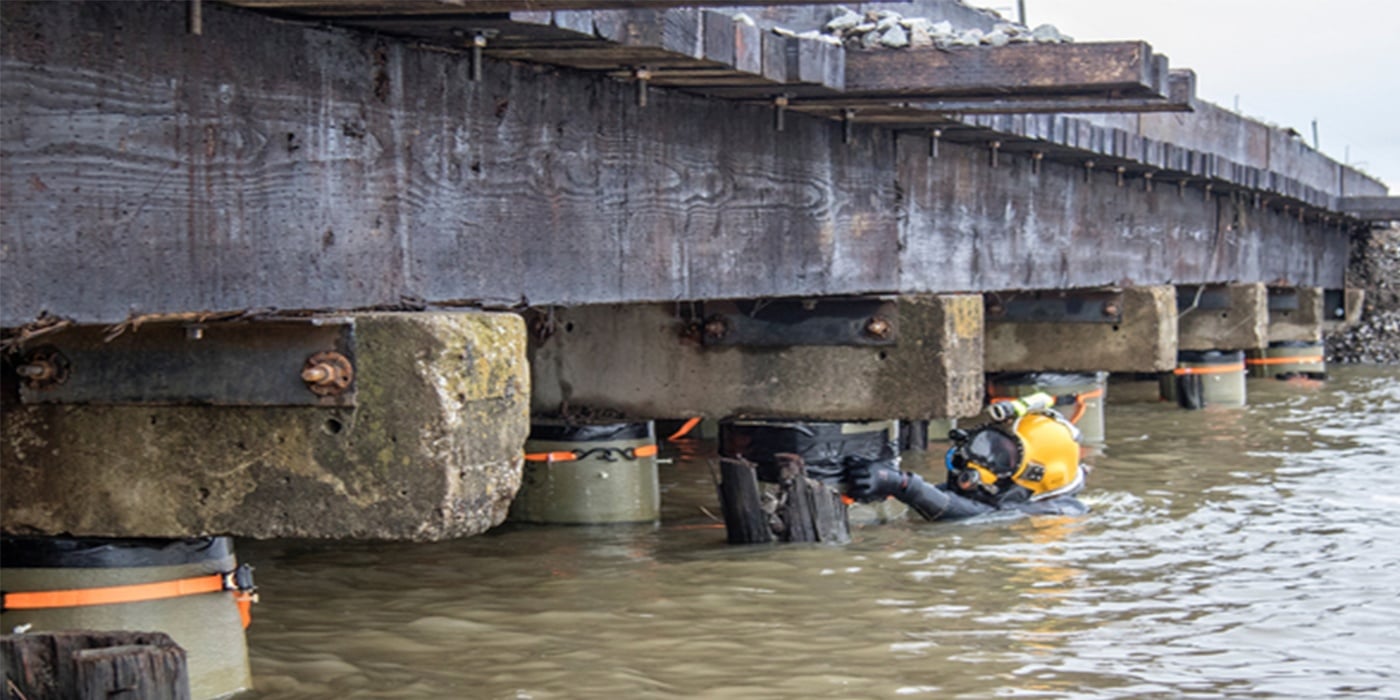
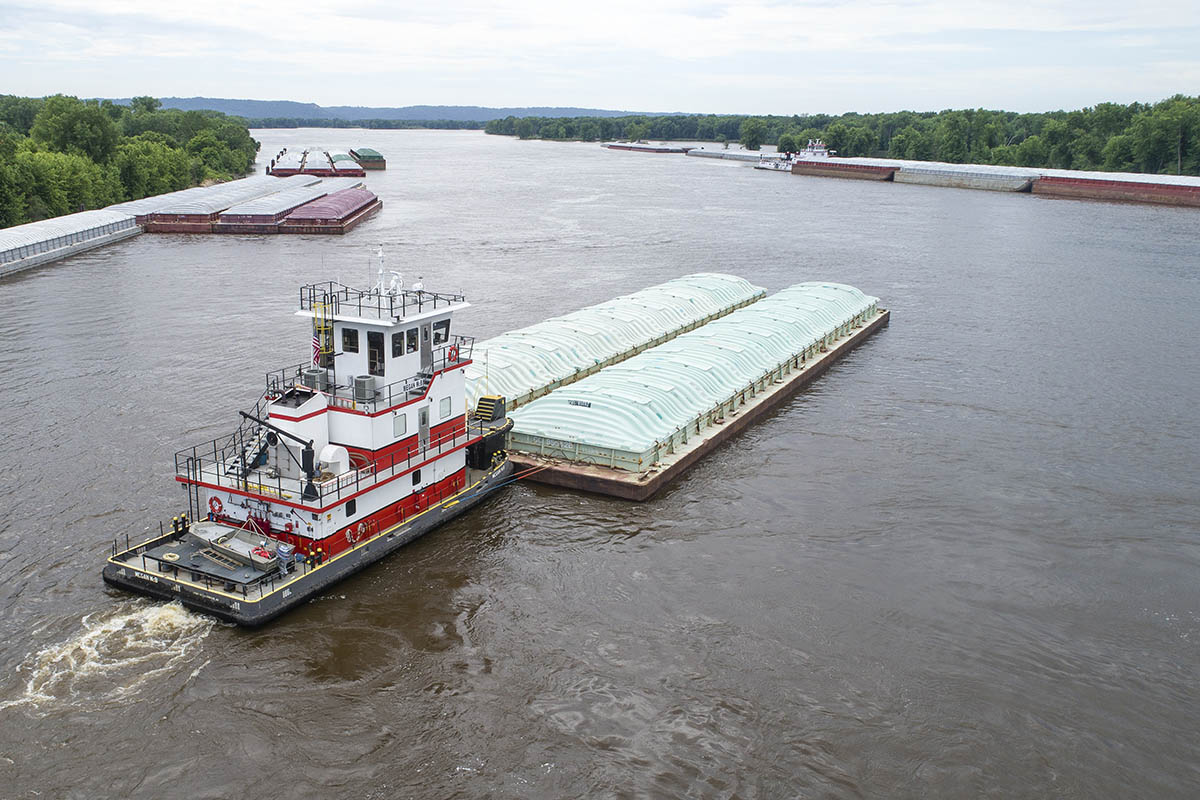
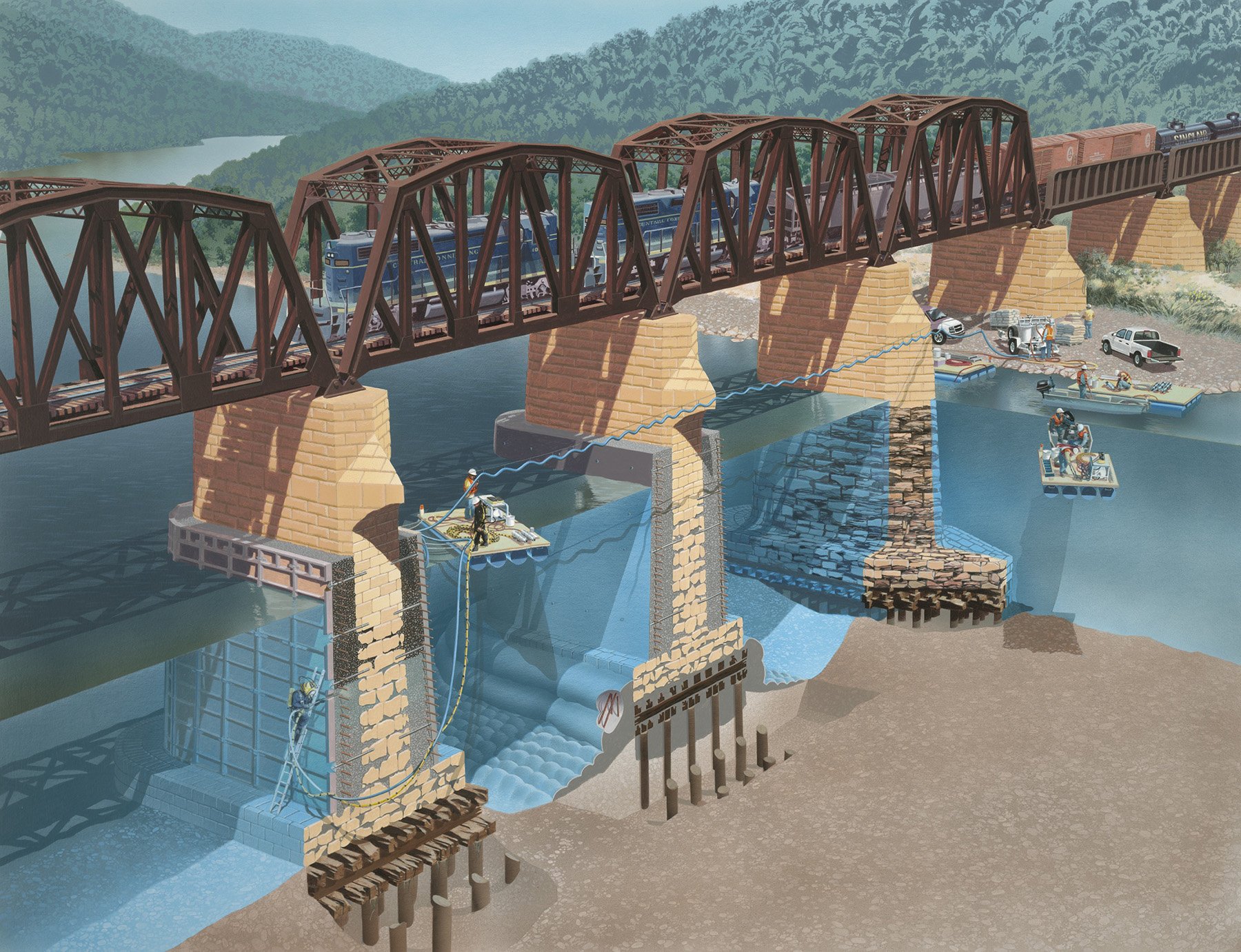


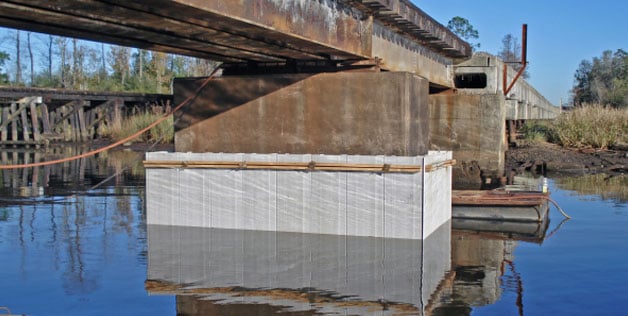
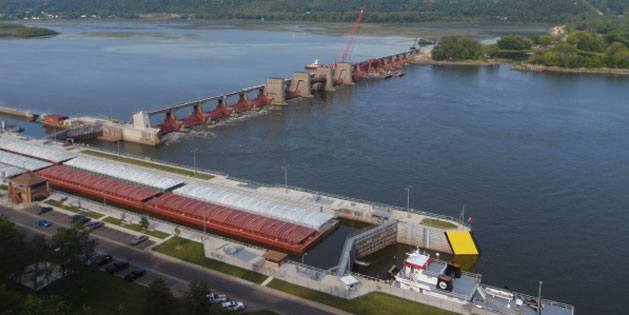
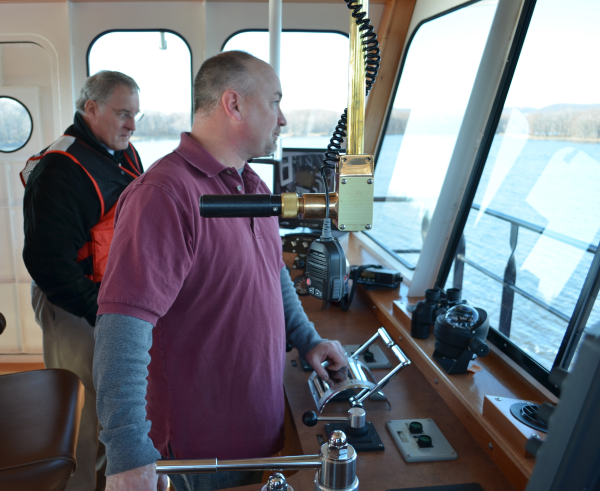
 Newer Posts
Newer Posts